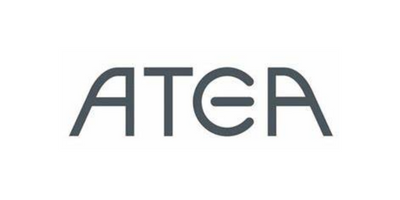Industry:
Software & Telecoms
Industry:
Software & Telecoms
Regions:
Nordics
Solutions:
E-Invoice Receiving, Procurement


ATEA helps its customers get their IT purchasing, delivery and service processes flowing by delivering the necessary hardware and solutions.
ATEA has always let employees do their own purchasing and wanted a purchasing system that could support this decentralized purchasing strategy but raise spend visibility without increasing central administration resources.
2 FTE
delegated to more meaningful work
Increased Spend Visibility
Seamless integration with SAP
Many assume that centralisation is the best route to optimization. At ATEA, the opposite has proved to be the case – at least when it comes to its indirect purchasing strategy.
Department heads used to have to provide authorisation twice: once to authorise a purchase and later to authorize the invoice after delivery was made. ATEA needed a solution to enable department heads to deal with the purchases once.
Previously, when ATEA received an invoice, finance would sometimes have to guess who it belonged to. It wasn’t unheard of for invoices to be emailed from one person to another and from one department to another until someone recognised them.
ATEA wanted a search functionality so that employees could find standard purchases more easily. It also needed to ensure as high a level of matching purchase orders to invoices as possible - so that the system would make payments automatically.
The solution also needed to integrate with ATEA’s wider technology landscape and, in particular, exchange master data with existing SAP ERP systems.
Finally, they had three ‘showstopper’ criteria, namely:
After a detailed review, including five possible vendors, ATEA selected Basware as it was the only vendor able to deliver a fully integrated mature P2P and TEM solution. Also, ATEA realized that only Basware was able to adapt to ATEA's decentralised procurement strategy.
Implementation was rapid, with the blueprint designed immediately after selection and the implementation complete in under 4 months.
During implementation, ATEA asked Basware to focus not on tailoring the solution to their processes but on integrating with their SAP ERP, the many different servers, and gaining access through approximately five million firewalls and ports.
ATEA chose to shut down the previous TEM expensive process that involved manual advances for employee credit cards and switched as many staff as possible to personal liability credit cards that gave employees 30+ days of credit.
Responsibility for invoice posting was delegated to individual departments. Therefore, no one needed to attempt to guess where an invoice had come from and department heads could have increased spend visibility on what their direct reports were spending.
There is no doubt that both management and central administration are pleased with the Basware solution. All Integrations were completed on time, and the solution has significantly enhanced spending visibility.
Just three months after implementation, ATEA has freed up two full-time employees in the finance team as they no longer need to manage the invoice guesswork that previously took place.
It’s just brilliant because our employees are now really interested in billing their expenses as quickly as possible. If they do it at the end of the month, they usually get the money from us before it’s debited to their credit cards.
Rune Pind Nielsen, Accounts Payable Manager, ATEA
For end-users the experience has been overwhelming positive. Basware is considered a simple and user-friendly solution. Where ATEA used to have different passwords for each of its systems, it now uses a single-sign-on. The system is intuitive, and there has been universal product adoption.